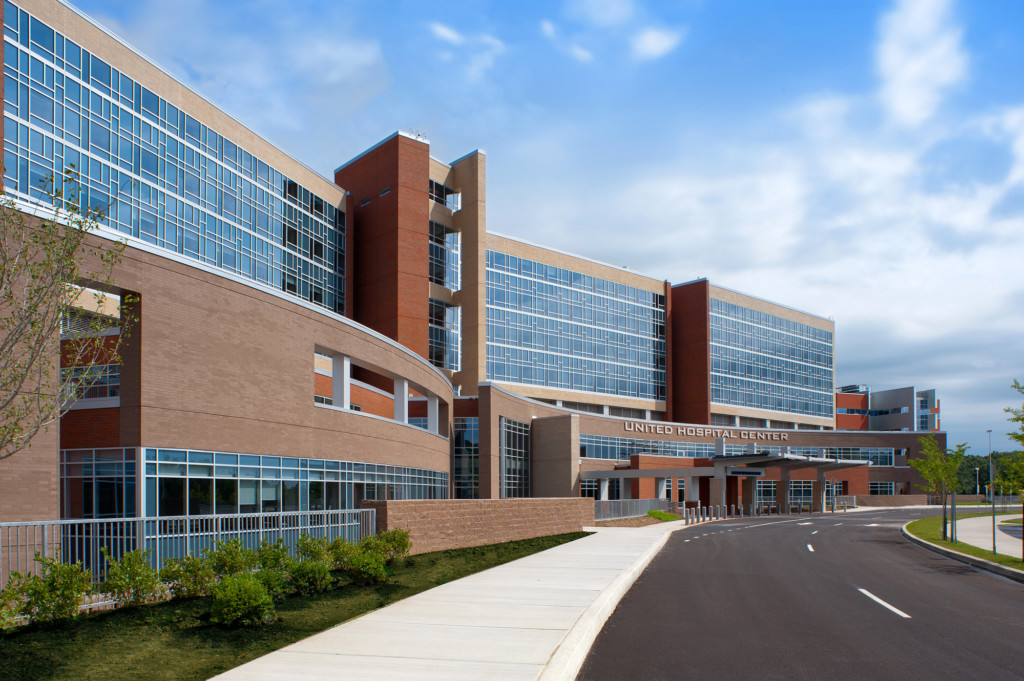As technology advances, Building Energy Modeling (BEM) is becoming an even more powerful tool for making informed design decisions. This is the third and final post in our series examining the benefits of BEM in balancing occupant comfort and design features with energy efficiency. Click here for Part I and Part 2 of this series.
Energy consumption continues to be top-of-mind for designers, not only to cut costs for clients and building managers, but also to promote a standard of green energy. Conversations about the environment and energy are not going anywhere. In fact, they’re still at the front of the line.
At Gresham Smith, Building Energy Modeling (BEM) has become a necessary tool to make certain that the facilities we create, plan and build are sustainable, environmentally friendly and efficient. We’ve learned a great deal through our BEM journey, and now that we’re incorporating it into all our projects, we’ve hit our stride in designing energy efficient buildings that can stand the test of time.
Let’s (Briefly) Recap:
There are two different ways Building Energy Modeling can be conducted. First, you can create a model that allows for high level analysis of major systems including associated design impacts. This type of energy modeling is beneficial because it enables you to understand energy consumption and order of magnitude costing, but doesn’t require the same level of effort as the second type, an 8760 model.
The 8760 energy model requires modeling a building and evaluating the performance for 8,760 hours of the year (every hour of every day), which provides the greatest amount of detail regarding building performance. This type of modeling allows designers to slice and dice the building to understand performance and lifecycle cost on a system-by-system basis. It also requires the greatest amount of effort and detail to develop and execute.
It’s important to note that the more detailed analysis you have of a building, the better your design decisions will be when it comes to reducing energy consumption and operating costs. Having knowledge of a building’s operating hours, usage schedules, utility costs, components that are impacted by weather and more also present an opportunity to compare various elements of design that contribute to its’ overall efficiency.
Whichever method of modeling is used, it’s important to remember that energy modeling is time intensive and cannot be rushed. To collect accurate data, the project team needs adequate time to research and complete appropriate energy models and run the models repeatedly throughout the design process.
Case in Point: West Virginia University Medicine United Hospital Center

To provide additional cooling capacity at the West Virginia University Medicine United Hospital Center in Bridgeport, West Virginia, Gresham Smith utilized BEM to evaluate the various options for increasing energy efficiency while staying within the original construction budget. We developed an 8760 energy model for this facility, ultimately setting a target energy conservation measure for the building and selecting the right pieces of equipment and systems to achieve that goal.
To determine how we could add the most value to the WVUM United Hospital Center, Gresham Smith evaluated several cooling alternatives – utilizing a magnetic bearing chiller, adding free cooling with a heat exchanger, and using a water side economizer with an oil free magnetic bearing chiller. In addition to evaluating the building infrastructure, we also worked closely with the architecture team to provide input on the building enclosure systems, helping identify which would offer the best overall performance and reduce impact on mechanical and electrical systems. We also simulated how using newer technology and an innovative operating scheme could be beneficial.
After further research and discussion, we evaluated different combinations of several features. First, we built an energy model that tested whether the water side economizer, coupled with the oil-free magnetic bearing chiller, would be viable for this project as compared to using a standard chiller. Our team also considered the topography of the site, existing utilities, sun angles, and more to determine how the natural environment would affect the building’s energy consumption.
The energy model and evaluation found that the operating characteristics of the oil-free magnetic bearing chiller approached free cooling energy efficiency with significantly less complexity and cost than the other alternatives. As a result, the subsequent design of the hospital was completed with this system in mind.

In Conclusion
No matter which route you decide to take, BEM is an excellent tool for promoting green, environmentally friendly and sustainable buildings. And, if you want to cut costs for clients and building managers, it’s a reliable way to get there too.
